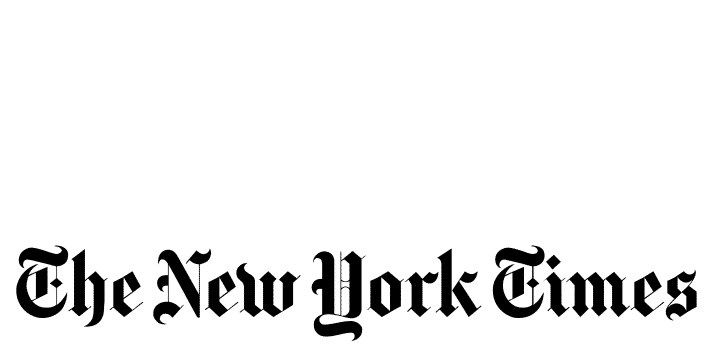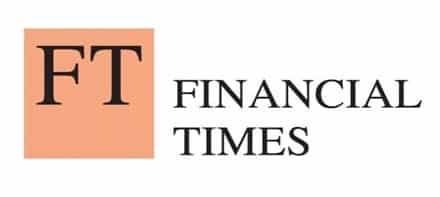Despite forecasts of decline following the Afghanistan withdrawal, the US military is planning another century of global domination.
In August 2021, the dismaying scenes at Kabul airport stirred a number of gloomy pronouncements about the decline of American power. The anguished tone of these reactions reflects not just the horror on the ground, but a sense of personal betrayal felt by the pundit class. For anyone with a historical imagination, the dishonourable retreat is the latest act in the grand drama of Western decline. The wreck in Central Asia set against China’s rising GDP makes for a bitter mix. China will supplant the US as the world’s ascendant power. The One Belt One Road initiative that already stretches from Shanghai to Karachi will subsume Afghanistan as well. We are headed for a post-American age.
Compelling though this declinist verdict may be, it is misleading. In two key ways, American power continues to define the world order.
The first is through finance. With respect to global money – not to be confused with trade or economic growth – the dollar still rules. Much of the world’s payments, credit and finance continues to rely on the US currency. Since 2001, Afghanistan’s backwater economy has been sucked into that system. The Taliban may have rejoiced at the conquest of Kabul, but when it tried to lay its hands on Afghanistan’s national exchange reserves, most of which are held by the New York Fed, the group discovered that it still resides in the US’s world – or at least Afghanistan’s money does.
The second dimension of American power is military. US planners have bungled the exit from Kabul, but that should not distract from the world-historic weight of US military might. The US has defined the global order since the 1940s, when it first emerged as a military hyper-power with a vast navy and an unparalleled nuclear-armed air force. It continues to do so. The withdrawal from Afghanistan does not surrender that pre-eminence. Instead, it is part of a broader realignment that began under Barack Obama.
Read the full article at The New Statesman.


